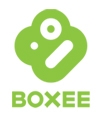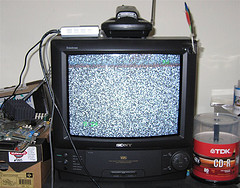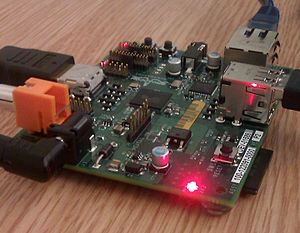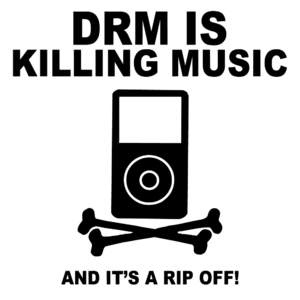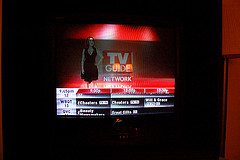In a previous post, I was commenting on the enthusiasts who continue to embrace physical media.
So, it spurred me to write when the man I bought my blu-ray drives from sent an email that he is shuttering his business selling Libredrive enabled hardware. Libredrive is a mode of operation that allows accessing the data on the disk directly, as opposed to the more ‘modern’ method of the firmware on the device restricting access. The drives I bought from him are being discontinued. There are other sellers, but it is proof that it is getting harder for those who want to own their own media and keep digital copies of their media to do so. The life expectancy of a DVD is anywhere from 30 to 100 years, estimated, assuming it was stored in a cool dry place, out of direct sunlight. Also, sleeves as opposed to cases can scratch them. Failures of well maintained discs in less time is rare.
When I shared this thought with someone, they commented it was because physical media is dead. But there will always be a market for dedicated hobbyists and enthusiasts. The Verge reported that for the second year in a row, vinyl outsold CDs, $1.4 billion versus $537 million. Physical media is still 11% of sales. But, while CDs and Vinyl are still 11% of the audio market, on the video side, in 2023, in the US, 86.3% of video watching was subscription streaming, 6% digital ‘sales’, 3.9% digital rentals, and 3.6% digital sales. Eventually, physical video media will likely see a resurgence…resurgence likely being where vinyl and CDs are today. A dedicated hobbyist market.
When the subscription services started, they started putting out classic as well as harder to find shows. But now, they are pulling things, not just older content, but new exclusive content they created for those platforms. Ad supported tiers are rising up, as are the monthly rates. They are cracking down on how many people can use the service. Why? Because these services are not making money. Netflix still is, Warner Discovery just started, but the rest are still in the red. But all of the services are cutting new production budgets and beloved shows to keep up. There may be a point in the future where your favorite classics aren’t available anymore on any subscription service.
Time to go raid the Walmart DVD bin before that’s gone too.
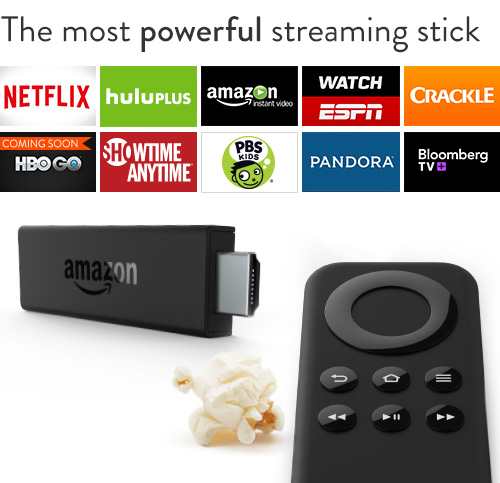
 It’s been a bit since I got a Fire Stick during their $20 for Prime Members sale.
It’s been a bit since I got a Fire Stick during their $20 for Prime Members sale.




